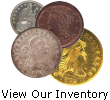This video was shot at the ANA World's Fair of Money in August of this year.
The following was written by Brian:
Yes, I'm asking that question in my very best Jerry Seinfeld voice. Hairlines on coins can be a somewhat confusing topic.
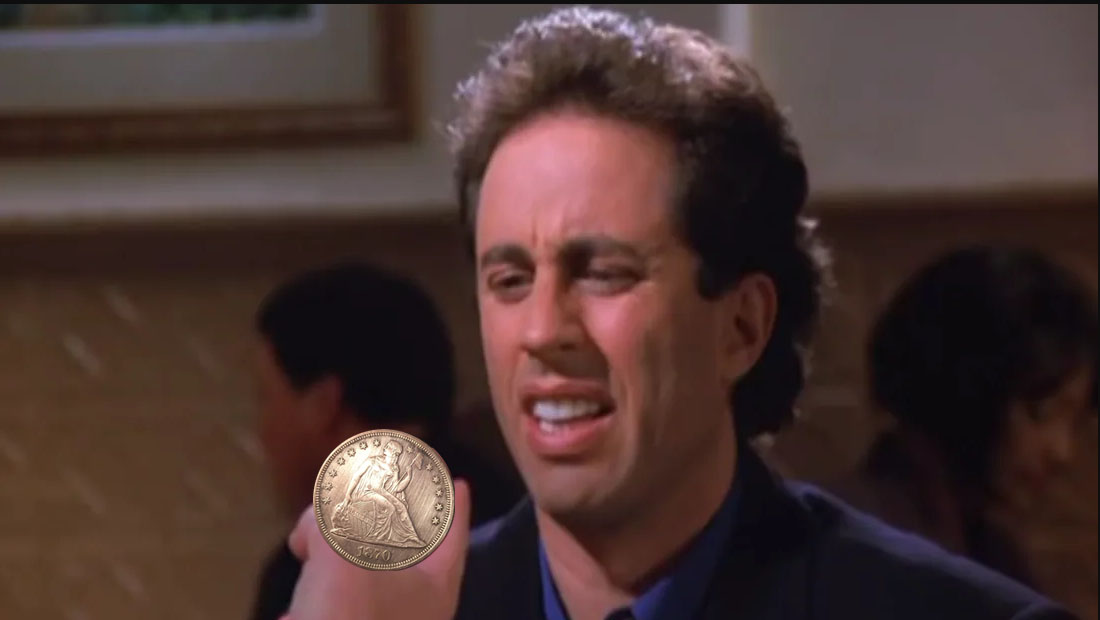
Here's how a typical conversation can go with my boss:
Me: Do you think this would grade proof 63?
Tom: No, too many hairlines. Looks like it would grade proof 62.
Me: Okay, how about this coin? What do you think it would grade?
Tom: I think it would 'no grade'. It would likely go into a Details holder. Too many hairlines.
Ummm, excuse me?
Are we saying some hairlines are better than others? Are not all hairlines created equal? What's The Deal With Hairlines Anyway?
Hairlines are basically tiny, usually shallow, incuse scratches on the surface of the coin from handling, a small amount of circulation or cleaning.
Let's be clear - hairlines are never inherently a good thing, but they *are* acceptable in some cases and not in others. It all boils down to how the hairlines were created. One way is via cleaning a coin (this is the less than acceptable manner, btw). We all know cleaning coins is bad, right? Ok, good, just making sure we're on the same page. Cleaning, as we know, diminishes the luster of a coin. Dimished luster decreases the eye appeal of the coin. Decreased eye appeal lowers the value of the coin (although you can definitely score a better date coin for less $ if you don't mind the cleaning). Here's an example of a harshly cleaned coin that exhibits plenty of hairline scratches and thus would not be considered worthy of grading:
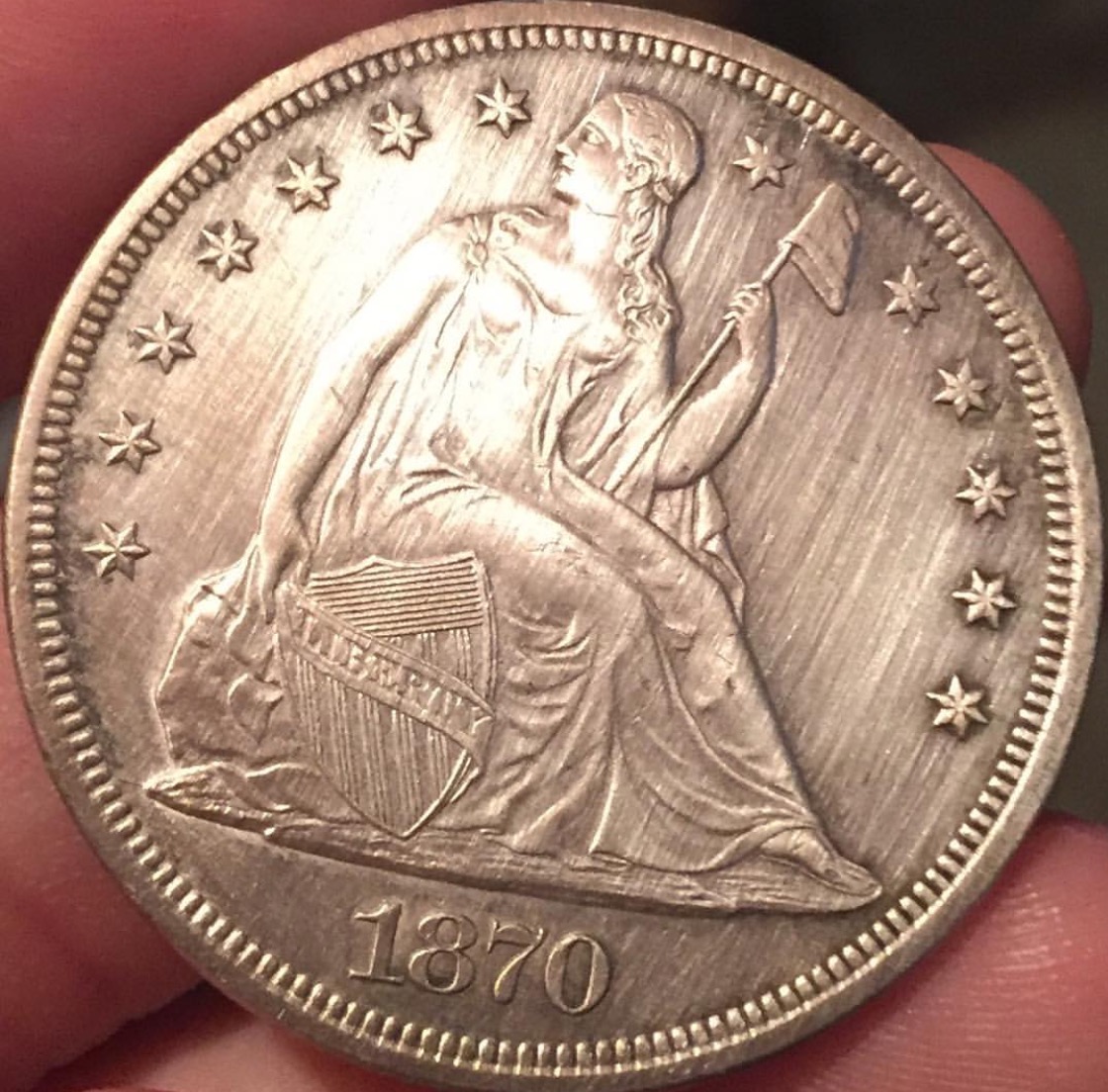
With proof coins, the extent of hairlines is one of the main determinants in grading. You probably won't find much in the way of hairlines on high grade proofs, but you might see a good amount on lower grade examples. Here is a coin graded Proof 61. As you can see, a good amount of hairlines are present, but that is a result of basic handling, album slidemarks, etc.
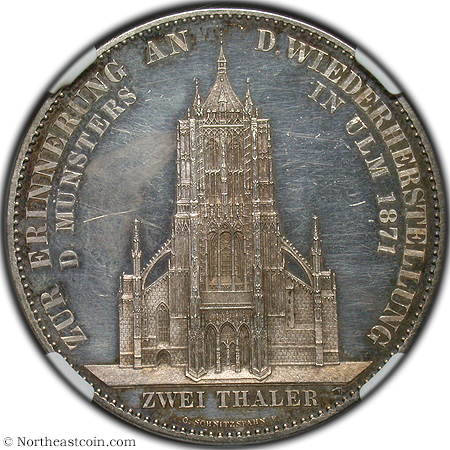
Please keep in mind that because of the immensely varying degrees, the assesment of hairlines and grade assignments are best left to the experts at the third party grading companies. Please also keep in mind that none of this has to do with die polish, which (and you can thank me later) we'll get into next time. Thanks for reading.
A Swedish 2 Daler and a German 1/32 Ducat. Wow!
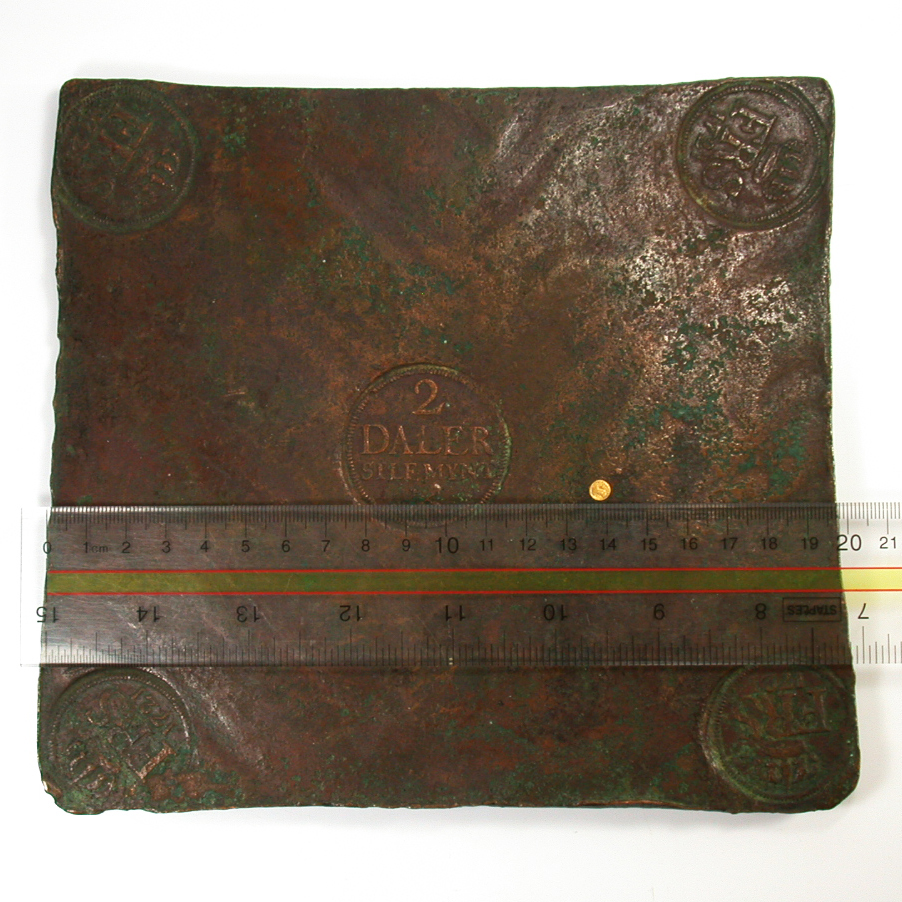
Lol
The following was written by Tom:
Seeing a couple of recent articles on E-Sylum reminds me of something I noticed years ago in the way that proof mintages have been reported in the Red Book and the way they are reported now. Look at an old Red Book and you will note that the mintage figures reported for business strikes do not distinguish whether the amount listed includes proofs or not. Next, compare any given coin's mintage figures in early editions with more recent ones, and you'll see that all business strike mintages are lower - by the amount of the proof mintages. So the mintages did not really change; they are simply reported more accurately today.
There are, however, instances where some mintages did truly change (sort of)...
Take the case of an 1879 quarter in proof which early editions of the Red Book report at 250. Back in the day (in the early 1970’s) when I was first traveling to coin shows, it was well known that something was wrong with this mintage figure. There were way too many on the market; pretty much an equal amount of the 1870 as other comparable years of the era. We would advertise them as “the lowest reported mintage figures” of the series, which at 250 pieces simply did not compare with all others from 1858 to 1891 - those with much higher published figures. Who were we to question the Red Book's reporting? Well at some point this figure was indeed questioned and now the figure listed is 1100 proofs. So, were 850 pieces suddenly minted over a century later? Was a hoard discovered? No, of course not.
As another example, this past week we had a client interested in an 1858 Seated Dollar in proof that is on the market, and he mentioned there were 210 pieces minted. Correcting him (or so I thought), I said there were only 80 pieces (it takes a real old-time coin weenie to remember random mintages). Later, I was curious if this might be a case of changing mintages. Sure enough, the 80 piece number I recalled was correct in my ‘early Red Book mindk' only to be changed to what is now considered more accurate - 210 as reported in recent editions.
The reporting of mintage figures in the 19th century, proofs in particular, was not always accurate. Through research, new information comes to light and new documents discovered. Though mintage figures do not technically change, they do become more reliable and accurate.
However, I also found some more number changes in the Red Book related to Proof 1913 Nickels.
Mintages first appeared in the 16th edition (1963), the numbers were unchanged through 1966 and showed: *2,594
The asterisk indicated this was the total for both Type 1 and Type 2.
From 1967 - 1974, the number changed to *3,034 (also for a total for both Type 1 and Type 2)
Starting in 1975, they listed the numbers for each
1,520 Type 1
1,514 Type 2
Which totals the 3,034 that was listed from 1967-1974.
What is interesting is going through these daily totals in the Mint daily records as they do indicate the number of proofs.
They also have a specific entry for the total Type 1 numbers, showing the last day of delivery was May 9th.
These numbers are 20,992,000 regular coinage and 1,520 proofs.
The daily break down is:
Mar 5: 1,000
Mar 20: 300
May 4: 220
Total: 1,520
For Type 2, the daily break down is:
May 27: 250
Oct 14: 110
Nov 20: 285
Dec 2: 233
Dec 24: 196
Total:1,074
If you add these (1,520 and 1,074) you get 2,594, which is the number in the 1963-1966 editions.
I wonder where the other 440 came from?
I think the more reliable way to compare mintages is PCGS/NGC population report.
We are reviving this blog post from several years ago because, well, it's funny. And we welcome your participation!
Some of you are probably familiar with the popular Chuck Norris jokes. Ones like these:
Chuck Norris sleeps with a pillow under his gun.
or
Chuck Norris was an only child...eventually.
Well, one evening (years ago) after work a few of us here met for Mai Tais at the Chinese restaurant below our (at the time) office. We began scratching out some coin-related Chuck Norris jokes. Easy to do after a potent Mai Tai. For those who appreciate the regular Chuck Norris jokes, we invite you to read on and add any that you can come up with.
*Chuck Norris' coins consistently grade MS71.
*All of Chuck Norris' coins come back from CAC with a platinum sticker.
*Chuck Norris doesn't submit to PCGS or NGC. They submit to him.
*Chuck Norris made the Seated Liberty stand up.
*The Sheldon Scale is being changed to suit Chuck Norris. Gem coins are no longer MS65; they are CS65, or Chuck State 65.
*If Chuck Norris doesn't get the grades he wants, it's the graders who end up in the body bags, not the coins.
*Poorly struck coins are actually just coins that Chuck Norris squeezed too tightly.
*The Greysheet Ask price is irrelevant to Chuck Norris because Chuck Norris never asks for anything.
*Chuck Norris achieved the number one Registry Set ranking for Morgan Dollars even though he's never bought a Morgan Dollar in his life.
*Chuck Norris cracks out coins barehanded...with one hand.
*PCGS blackout dates to not apply to Chuck Norris.



